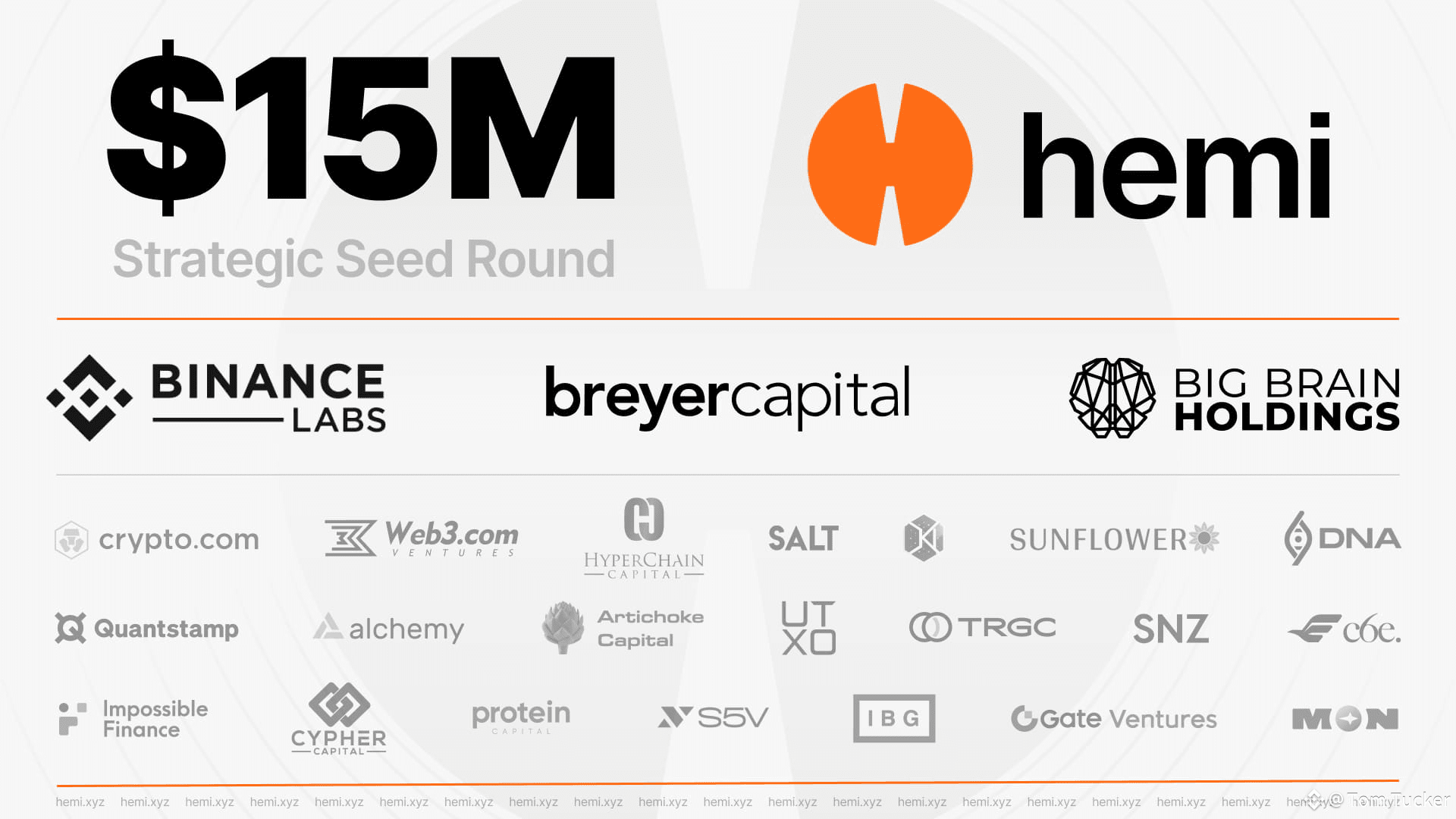Exploring the Hemi Network has been an eye-opening journey for me. When I first heard about it, I was curious about how it combined Bitcoin and Ethereum, two giants in the blockchain world, into a single, unified system. What really caught my attention is Hemi’s unique approach - instead of treating Bitcoin and Ethereum as separate, isolated ecosystems, it merges them into a supernetwork. This means you get the best of both worlds: Bitcoin’s unmatched security and Ethereum’s flexible programmability.

One thing I really appreciated was the Hemi Virtual Machine, or hVM. Imagine running a full Bitcoin node right inside an Ethereum Virtual Machine. For developers like me, this is huge because it offers a familiar way to build apps but with much deeper access to Bitcoin’s data and state. For example, before Hemi, creating decentralized finance (DeFi) applications on Bitcoin hadn't been practical. Using the Hemi Bitcoin Kit, I could work with highly detailed and indexed Bitcoin information, unlocking possibilities like Bitcoin-based smart contracts that I never thought possible.
When I started experimenting, I realized another powerful feature - Hemi’s Proof-of-Proof consensus. This mechanism reassures me that transactions on Hemi become even more secure than on Bitcoin itself in just a few hours. This is really important because it gives me peace of mind knowing that my transactions aren’t just fast, but also protected by Bitcoin-level security.
Another highlight was the network’s cross-chain "Tunnels" feature. It allows assets to move smoothly between Bitcoin, Ethereum, and Hemi without relying on risky bridges or wrapped tokens. I tested transferring some tokens myself, and it felt seamless and fully trustless - exactly what I want from blockchain interoperability.

On top of that, Hemi lets other projects create their own chains secured by its technology. This concept, which I think of as Bitcoin-Security-as-a-Service, means more flexibility and security for new blockchains while keeping the whole system tightly connected.
From a practical perspective, Hemi also offers cool tools like on-chain asset routing, time-locks, and password protection. I saw these in action during their incentivized testnet and found them helpful for managing digital assets securely and smartly.
All this made me wonder: Could Hemi kickstart a truly connected future for blockchains? A future where Bitcoin’s rock-solid security and Ethereum’s versatile smart contracts work hand in hand? So far, the project feels like a smart, fresh leap toward that goal.
In short, my experience with Hemi has shown me a promising new pathway for blockchain technology. It blends the strengths of Bitcoin and Ethereum in a way that’s accessible, secure, and extensible. For anyone interested in the next wave of decentralized applications and finance, I think Hemi is definitely worth a closer look.
@Hemi $HEMI #HEMI #BTC #ETH #evm

